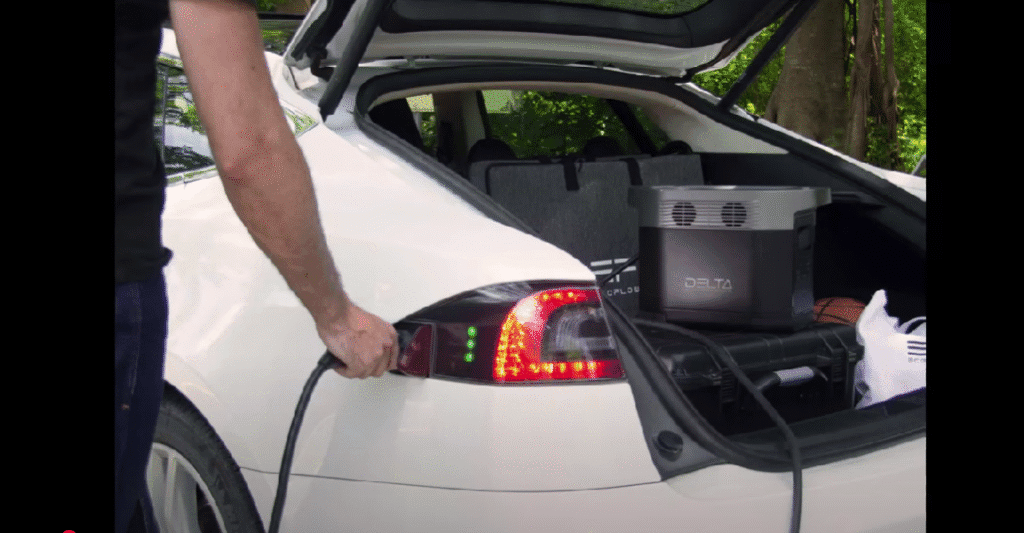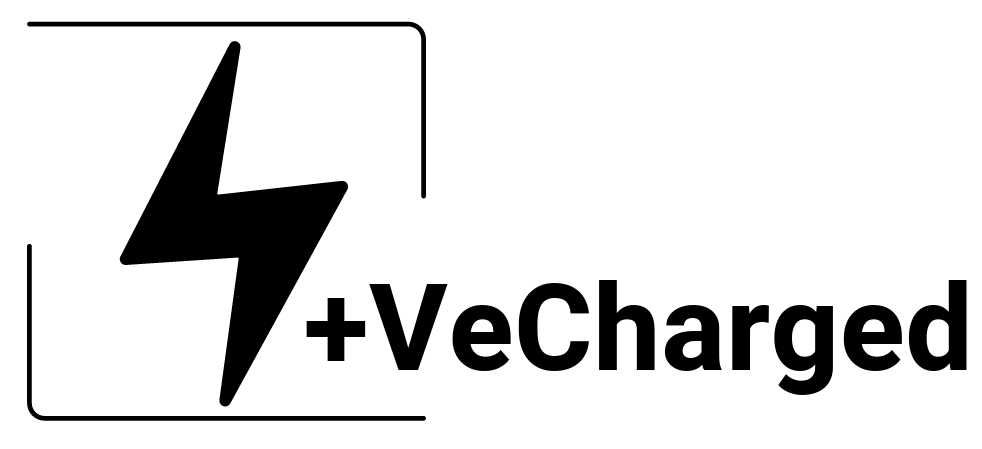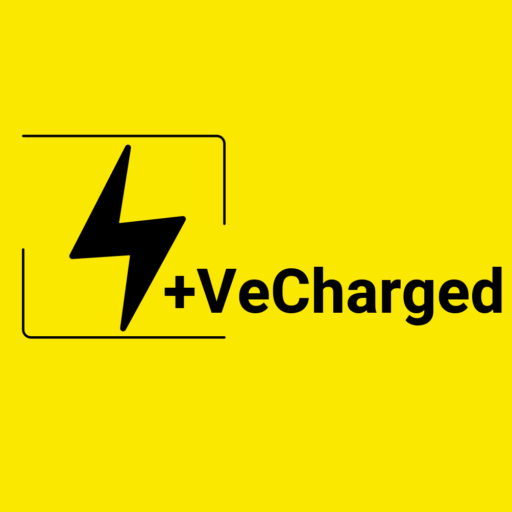Home Solar for My EV: My Surprising 4-Year Payback Period
That first sip of morning coffee hits different when you know your car is in the driveway, filling up with sunshine. No gas stations, no volatile fuel prices, and an electricity bill so low it looks like a typo.
This was the dream that sent me down the rabbit hole of home solar and EV charging.
But let’s be honest, the dream quickly met the reality of the price tag. When I got my first quotes, my jaw hit the floor. The numbers were so big they felt like they belonged to a business, not my family’s home. I was faced with the same question you’re probably asking right now: Is this incredible vision of energy independence just a fantasy for the super-rich, or does the math actually work for a regular person?
I’m not an engineer or a financier. I’m a homeowner who loves tech and hates wasting money. So, I opened a spreadsheet and documented every step of my journey. Two years later, I can confidently give you the real, unfiltered answers.
So, What Am I Actually Buying? The Three Key Pieces of the Puzzle
Before we talk numbers, let’s quickly break down the hardware. I learned you have to think of this not as buying “solar panels,” but as building your own personal power station. It has three main parts.

- The Solar Panels (The Power Plant): This is the obvious part. They sit on your roof and turn sunlight into electricity. The size is measured in kilowatts (kW). A bigger system costs more but makes more power. I went with an 8kW system, which is a common size for a family home in the US.
- The Home Battery (The Game Changer): This was the piece I underestimated. Solar panels only make power when the sun is out. But when do you charge your car? At night. A home battery, like a Tesla Powerwall, stores all the excess energy you generate during the day so you can use it after dark. Without this, you’re just selling your cheap solar power to the grid during the day and buying expensive grid power back at night. For me, this was the key to making it all work.
- The Level 2 Charger (The Gas Pump): This is the charger we’ve talked about before. It’s the final link in the chain that takes the power from your house and puts it into your car, much faster than a standard outlet.

The Bottom Line: My Life Before vs. My Life After
This is where my spreadsheet came out. To figure out if it was worth it, I had to be brutally honest about my old bills.
My Family’s Monthly Bills – “BEFORE” Solar + EV:
- Gasoline for our two cars: ~$350/month
- Home Electricity Bill (PG&E in California): ~$220/month
- Total Monthly Energy/Fuel Cost: $570
This was the number to beat. Nearly $600 a month was just vanishing into gas tanks and the electric grid.
The Upfront Investment – The “Tear Off the Band-Aid” Moment:
This is the scary part. Here’s what my all-in costs looked like before any incentives.
- 8kW Solar System: ~$24,000
- Tesla Powerwall Battery: ~$14,000
- Level 2 Charger Installation: ~$1,500
- Initial Gut-Punch Total: $39,500
I know. That’s a shocking number. But you absolutely cannot stop here. The US Government offers a massive incentive to go solar.

The Magic of the Federal Solar Tax Credit:
The Federal Residential Clean Energy Credit is a game-changer. It allows you to deduct 30% of the total cost of your system (panels, battery, and installation) directly from your federal taxes.
- $39,500 x 30% = $11,850
- Real, After-Credit Investment: $39,500 –
11,850=∗∗11,850 = **11,850=∗∗27,650**
This was the real number I had to work with. It’s still a lot of money, but it’s a world away from the initial quote.
The Magic Number: How Long Until It’s Actually “Free”?
Okay, so I spent $27,650. Now, let’s look at my monthly bills “AFTER” the system was turned on.
My Family’s Monthly Bills – “AFTER” Solar + EV:
- Gasoline: $0
- Home Electricity Bill: ~$20 (This is just the basic grid connection fee. We generate more power than we use.)
- Total Monthly Savings: $570 (Before) –
20(After)=∗∗20 (After) = **20(After)=∗∗550**
Now we can find the payback period.
- Calculation: $27,650 (Real Investment) ÷ $550 (Monthly Savings) = 50.2 months.
- The Payback Period: 4 years and 2 months.
My jaw hit the floor when I finalized this calculation. In just over four years, the system would have completely paid for itself. The solar panels are warrantied for 25 years. That means after year four, I get 20 years of essentially free electricity and free driving.
Of course. A clear, easy-to-read table is the perfect way to summarize the entire financial journey. It allows skimmers to grasp the core argument instantly.
Here is a table designed to be dropped right into the middle of the article, likely after the “The Bottom Line: My Life Before vs. My Life After” section.
The Spreadsheet That Convinced Me: A Real-World Breakdown
For those who want to see the raw numbers, this is the exact financial breakdown that I built to make my decision. This table summarizes the entire journey from my high monthly bills to a future of free energy.
| Financial Metric | Details | Cost / Value |
| Section 1: The “Before” Picture | (My Old Monthly Expenses) | |
| Monthly Gasoline Cost | For two family cars | $350 |
| Monthly Electricity Bill | Standard grid power | $220 |
| Old Total Monthly Cost | $570 | |
| Section 2: The Investment | (My One-Time Upfront Costs) | |
| 8kW Solar Panel System | Includes installation and hardware | ($24,000) |
| Home Battery Storage | 1x Tesla Powerwall | ($14,000) |
| Level 2 EV Charger | Includes professional installation | ($1,500) |
| Subtotal Gross Cost | ($39,500) | |
| Federal Clean Energy Credit | 30% of gross cost, claimed on my federal taxes | +$11,850 |
| My Real, After-Credit Investment | ($27,650) | |
| Section 3: The “After” Picture | (My New Reality) | |
| New Monthly Gasoline Cost | 100% electric charging | $0 |
| New Monthly Electricity Bill | Basic grid connection fee | ~$20 |
| New Total Monthly Cost | ~$20 | |
| The Final Verdict | ||
| Total Monthly Savings | (Old Cost of $570) – (New Cost of $20) | $550 |
| System Payback Period | (Real Investment of $27,650) ÷ (Monthly Savings of $550) | 4 Years, 2 Months |
| Years of Free Power | (25-year warranty) – (4.2-year payback) | ~20+ Years |
Okay, But Is This Crazy Idea Right for You? A Quick Reality Check
This was a home run for me, but it’s not for everyone. Before you even get a quote, you need to answer the same questions I did.
- Is Your Roof a Good Candidate? Do you have a reasonably new roof that gets a lot of direct, shade-free sun for most of the day? Trees and chimneys are the enemy of solar production.
- Are You Staying Put? The payback period is measured in years. This only makes financial sense if you plan on living in your home long enough to see the return.
- Do You Drive Enough? The more you drive, the more you save on gas, and the faster your payback period will be. If you work from home and barely use your car, the math becomes less compelling.
- Can You Handle the Upfront Cost? Even with the tax credit, it’s a significant investment. You need to have the cash or be comfortable with a solar loan to make it happen.
The Final Verdict: Two Years In, Was It Worth It?
Absolutely. One hundred percent.
The financial math worked out even better than I expected. But the real benefits aren’t on my spreadsheet.
It’s the peace of mind. When gas prices spike, it doesn’t affect me. When there’s a power outage in the neighborhood, my home battery keeps my lights on and my fridge running. It’s the quiet satisfaction of knowing I’m powering my life with clean energy I generated on my own roof.
It’s a big decision, and it’s a long-term play. But if the numbers work for your situation, you’re not just buying solar panels. You’re buying independence. And that feeling is priceless.


